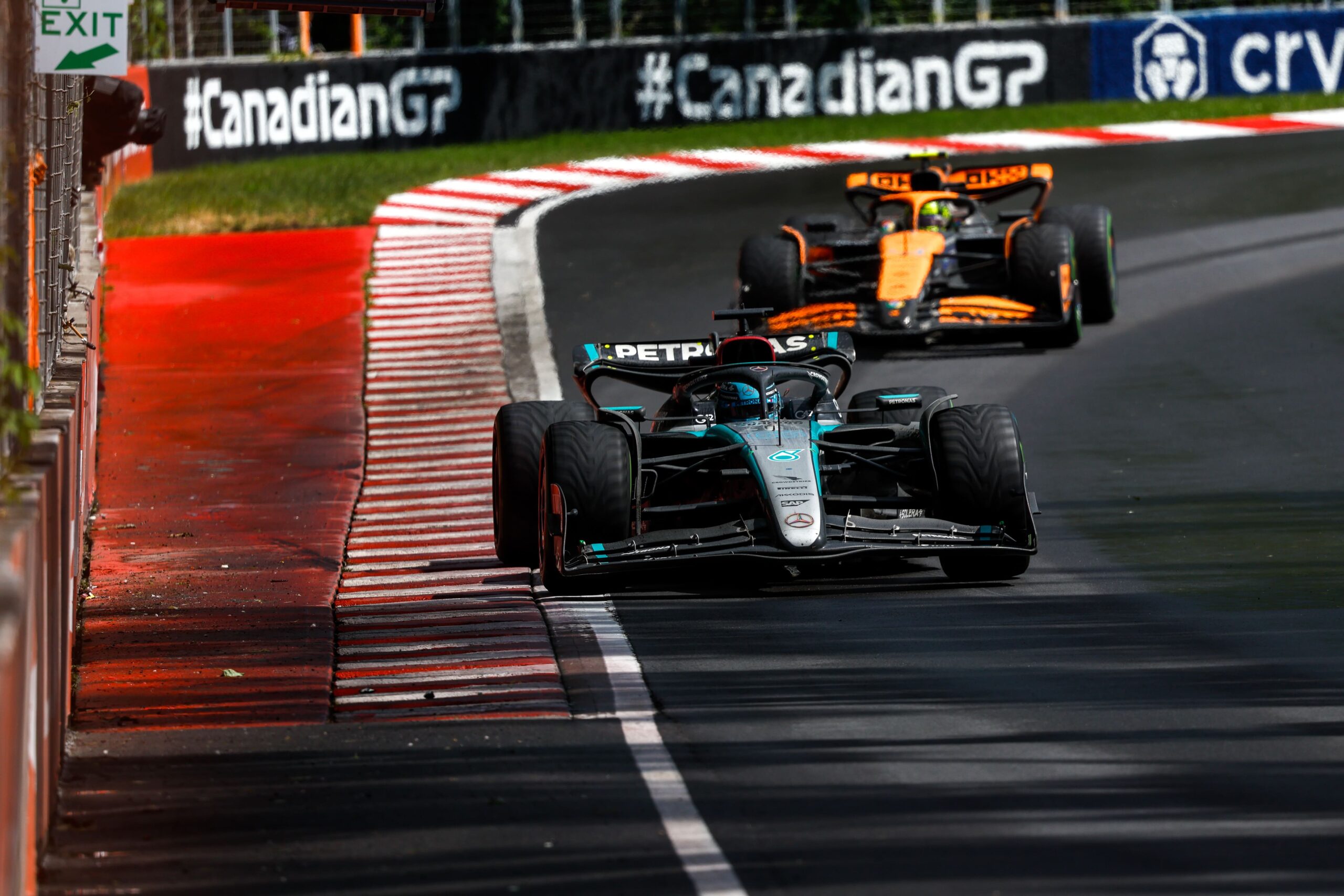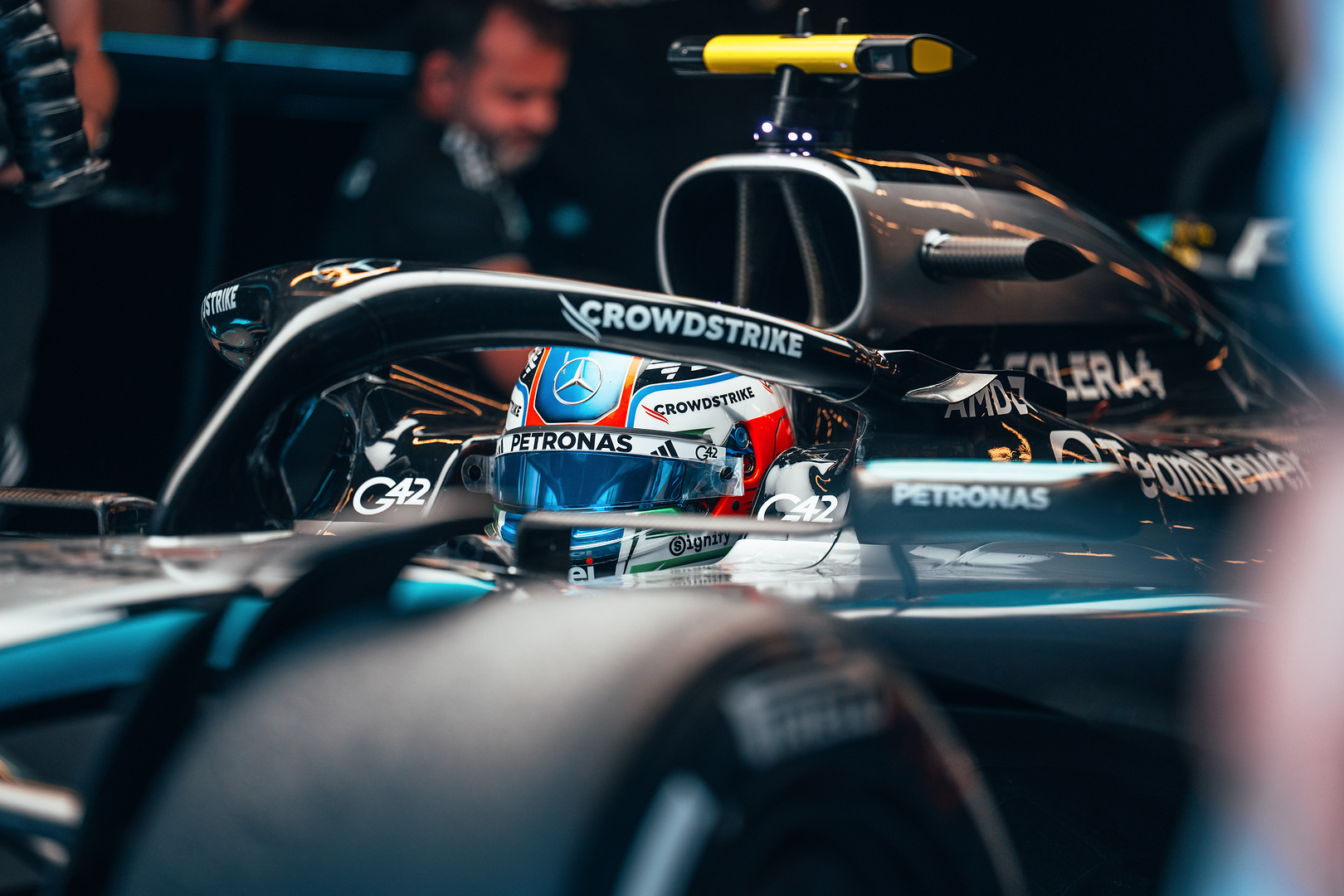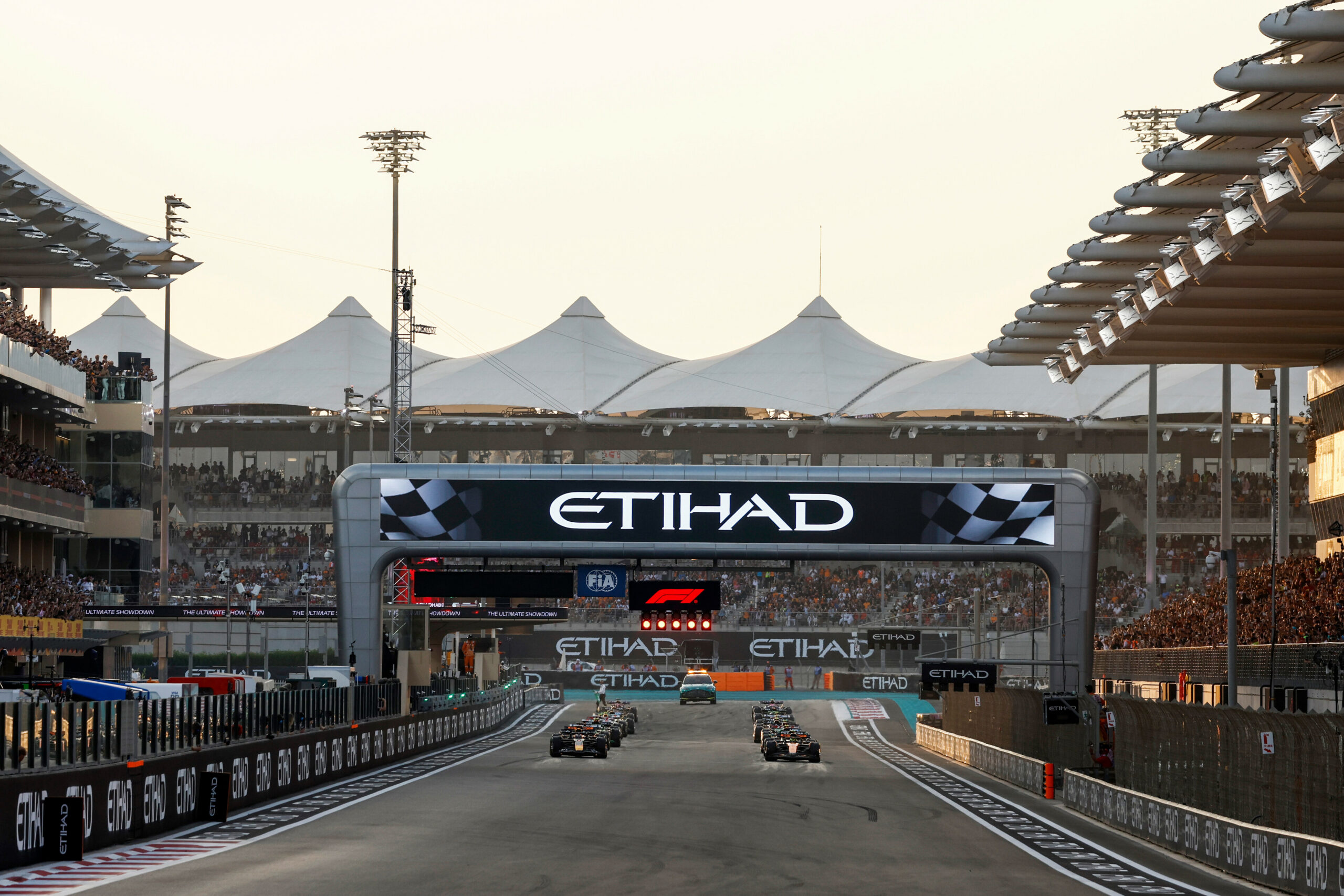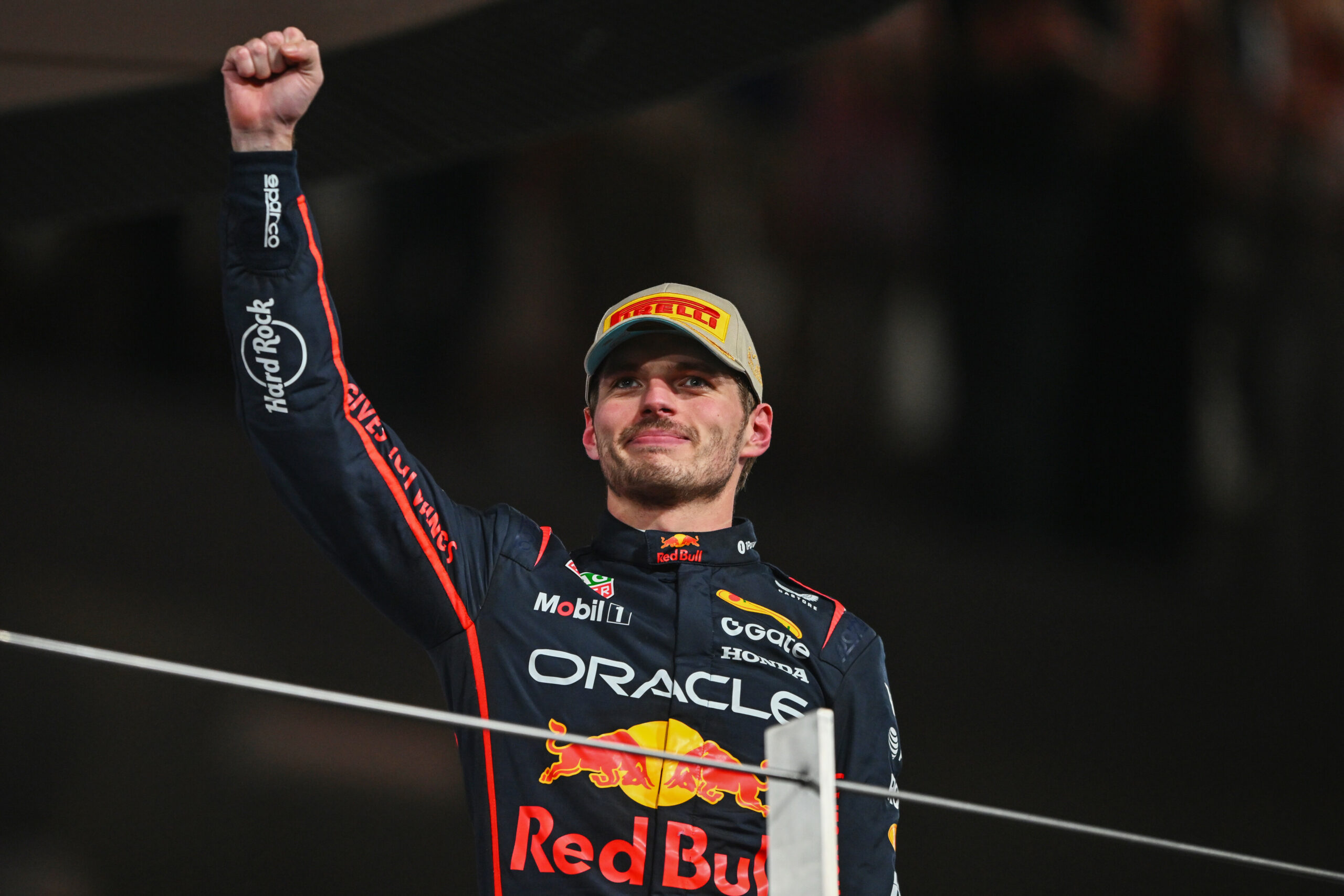McLaren Formula 1 team principal Andrea Stella believes Mercedes had already shown flashes of potential and strong lap times with its W15 even before their strong showing at the Canadian GP, which he described as “not a surprise”.
Speaking after the qualifying session in Montreal last week – which saw George Russell take Mercedes’ first pole position in almost a year – Stella revealed he wasn’t surprised by Mercedes’ apparent sudden rise to the front of the field in terms of pace, pointing out how the Silver Arrows had shown signs of its potential breakthrough already in Monaco, with lap times that were “out of range” for the McLaren:
“[In 2024], we can have one team better than the other [depending on track characteristics],” said Stella. “Like [in Montreal], Mercedes seems to be the fastest. In fairness, I was already saying on Thursday that I think Mercedes is part of the fastest teams, because some of the lap times they did in Monaco, some of the lap times they did in the previous events, they were, at that stage of the weekend for us, out of range.
“Like, we could not do that lap time at that time of the weekend. Not even with no fuel and the engine up. So, clearly they had potential and I think they are starting to learn how to use it.”
And whilst Mercedes had a very strong car throughout the Canada weekend, there were several driving mistakes from both Lewis Hamilton and George Russell during the race, which undermined some of its potential. The McLaren boss believes his drivers have been delivering the results this season, which could make a difference in a field that’s so closely matched:
“I think [it’s] no surprise that we have this variation because it’s so tight. For us, we just have to make sure that we prepare at the best for every single weekend. We try to learn as rapidly as possible during the weekend and obviously we need the drivers to do a good job and I think so far they have been on the ball.”
After introducing a new front wing at the Monaco GP, it seemed to transform Mercedes’ fortunes in the 2024 – it abandoned an unusual concept introduced at the start of the season that was meant to reduce load at the front and control oversteer – as it moved towards a more reactive front-end with a simpler and more conventional design.
Despite the current era of F1 regulations being heavily biased towards ground-effect aerodynamics, Stella believes there are some good gains to be made by working in the front wing design, as shown by the Brackley squad achieving their goals with its new part, as their drivers now “hardly need to turn” to get the front-end of the car pivoted towards the apex, a characteristic generally seem on Max Verstappen’s Red Bull for the last few seasons:
“The front wing was an element that certainly initially, when this generation of regulations started, it seemed like it was pretty prescribed. And it is prescribed, like the geometrical variation is not large.
“Actually the start of the season, front wing for Mercedes was a deviation in that sense. But I think teams have learned over the years that there’s still quite a bit that you can extract from the design of the front wing. Potentially having to think in a slightly more complicated way than you were used to with different generations of front wing.
“So I’m not surprised, let’s say, that Mercedes could unlock some performance working on the front wing. There is a possibility that they have also kind of fixed some issues that they were having with the previous front wing. Potentially it was just too experimental or it wasn’t delivering as they expected.
“But it looks like with this front wing development they’ve taken, the front end looks very strong. And even when you look at the onboard, which I was taking a look now at the Mercedes drivers, they hardly need to turn the steering wheel to get the nose of the car at the apex, which is at times a good feature.”





